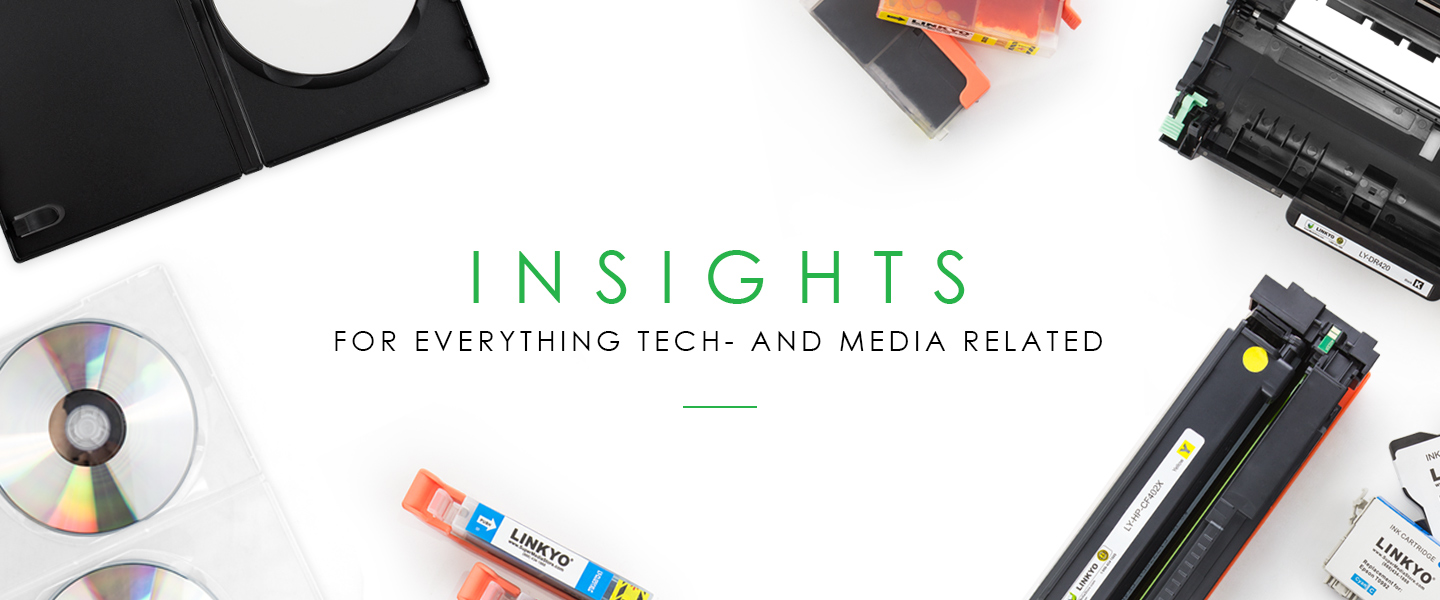 Computer users have come to rely on USB flash drives. Whether they call them jump drives, thumb drives, or pen drives, they have become an invaluable tool for storing and transporting data. No more clumsy floppy disks prone to failure. USB flash drives have made them obsolete.
Computer users have come to rely on USB flash drives. Whether they call them jump drives, thumb drives, or pen drives, they have become an invaluable tool for storing and transporting data. No more clumsy floppy disks prone to failure. USB flash drives have made them obsolete.
USB flash drives are NAND-type flash memory data storage devices that connect to a computer through a USB interface. Flash drives are small and light, plus they plug and unplug from the computer easily. Most importantly, they can be written to thousands, if not millions, of times.
Early USB Flash Drives
NAND flash memory was developed in the mid 80’s by Toshiba, and USB flash drives were developed in the late 90’s. There is still some dispute about who created the first version, but most credit M-Systems Company, which was eventually bought by Sandisk. The break-though was the ability to connect flash memory to a computer without the need for drivers or special software.
In the United States, IBM sold the earliest 8 Mbyte version in 2001 under the product name Memory Key, and it quickly followed with a 16 Mbyte version. By 2003, IBM sold a 64 Mbyte version manufactured by M-Systems. Other versions from various manufacturers were soon available as well. By the time USB flash drives began to really catch on with computer users, the 128 Mbyte version was the most common.
Current USB Flash Drives
The companies that claim to have originated the USB flash drive have been unable to protect their intellectual property. Currently, there are numerous producers of USB flash drives from all over the world.
Their storage capacity continues to increase. While the early versions could hold 8-128 Mbytes, now 32 and 64 Gbytes flash drives are common and 128 Gbyte drives are available. Prices have fallen rapidly as well. When introduced, a 128 Mbyte flash drive would cost around $30. Now you can buy an 8 Gbyte USB Flash Drive for around $10.
Now not only are flash drives available in all colors and styles, they are frequently customized with company logos, or they appear as novelty items like troll dolls and animal shapes. In any shape or size, USB flash drives have become as much a part of computing as the keyboard.

